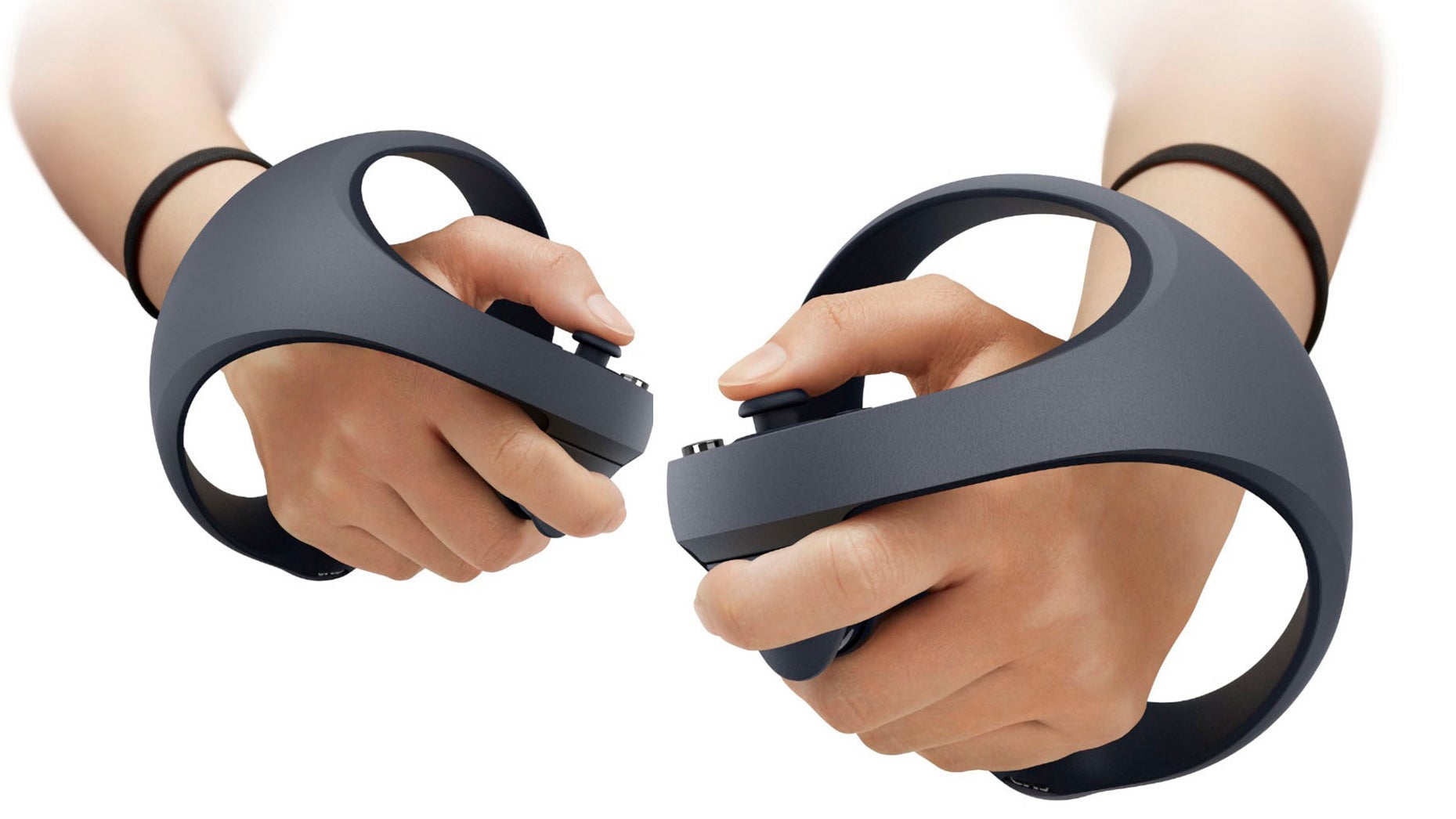We’ve known it’s coming for some time. Initial press and controller imagery from Sony was swiftly augmented by leaked specifications, now fully fleshed out via an announcement from Jim Ryan himself at CES 2022, along with more details from the PlayStation Blog. PlayStationVR 2 is now official and it’s looking hugely exciting. In fact, from our perspective, high-end VR gaming in general needs a shot in the arm in a world where the mobile-based Oculus Quest 2 reigns supreme and the success of PlayStationVR 2 is our best chance of this happening.
The specs reveal a headset that pushes back boundaries in many directions, building significantly upon the successes of the first PSVR, radically improving screen fidelity, boosting immersion and ridding the platform of the complicated set-up that proved so frustrating for PS4 owners. On that latter point, PSVR2 should literally be plug and play: there’s no breakout box, no external camera, no mixture of various USB and HDMI cables – everything is routed through USB-C, meaning that PSVR2 should simply plug directly into the front of the console and you’re good to go.
The lack of an external camera or indeed any kind of extra tracking equipment, is down to Sony taking a leaf out of Oculus’s book, using inside-out tracking to deliver a more immediate intuitive experience, with four cameras used to get the job done. We’d still expect the player to be required to set-up a play area in an initial calibration sequence but beyond that, it should be plain sailing. Perhaps the best news is that the new VR controllers appear to very closely follow the basic design of Oculus Touch, which we rank as the best VR interface around. These connect via Bluetooth and we’d expect to see them included in the box. This may present cost implications, but based on the specs, it looks like Sony is sparing no (realistic) expense.
| PlayStationVR 2 | PlayStationVR | |
|---|---|---|
| Host System | PlayStation 5 | PlayStation 4/PS4 Pro |
| Screen Type | OLED/HDR – 90/120Hz | OLED/SDR – 90/120Hz |
| Resolution | 2000×2040 Per Eye | 960×1080 Per Eye |
| Field of View | 110 Degrees | 100 Degrees |
| Sensors | Accelerometer, Gyroscope, IR Proximity Sensor | Accelerometer, Gyroscope |
| Cameras | Four for headset and controller tracking – two IR for eye-tracking | One (external) |
| Feedback | Internal Motor | None |
| Interface | USB-C | USB/HDMI via breakout box |
That starts with the internal display. After the 960×1080 per eye of the first PSVR, Sony has almost quadrupled resolution with 2000×2040 per eye for its successor. Not only that, but the platform holder has also decided to stick with OLED displays at a time where many HMD suppliers – including Oculus – have downgraded to LCD instead. OLED makes for excellent contrast, but it also opens the door to HDR support, something we believe to be a first in a consumer-level headset. There’s no indication of how effective the HDR will be: no peak brightness level is revealed, for example, but it’s an exciting development nonetheless.
